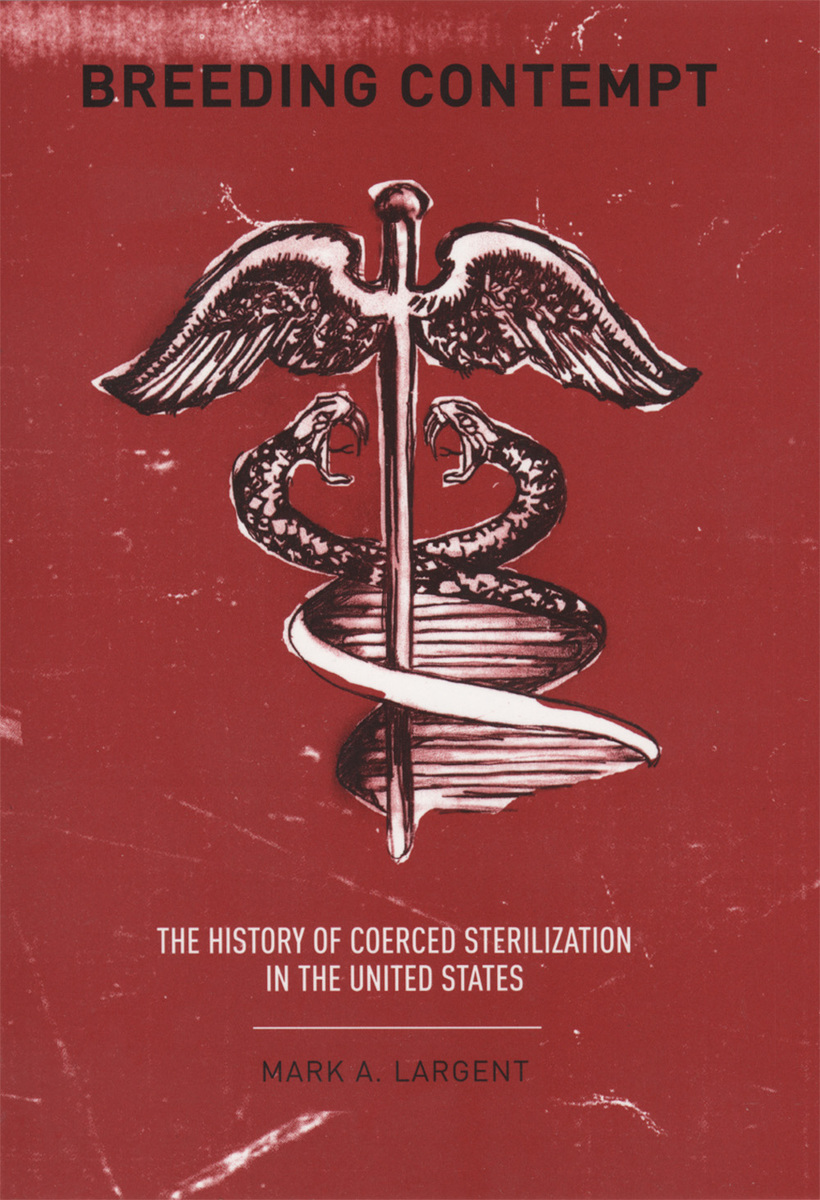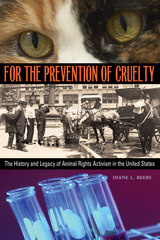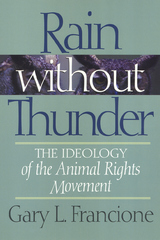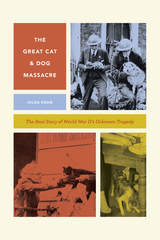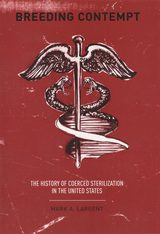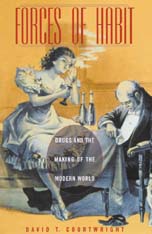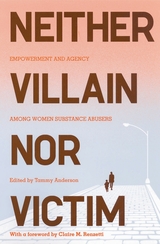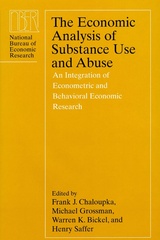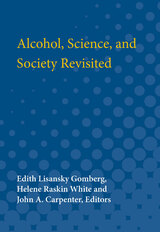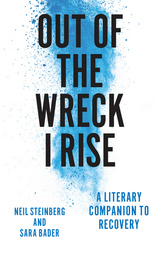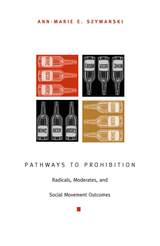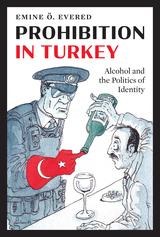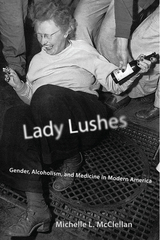"A deeply researched and richly nuanced account of the methods and motives that shaped this dark chapter in American history—and that continue to haunt contemporary debates."
— Leila Zenderland, author of Measuring Minds
"Mark Largent's account of more than a century of involvement of leading Americans in coerced sterilization movements is disturbing and provocative."
— Philip J. Pauly, author of Biologists and the Promise of American Life
"The history of eugenics has enjoyed increasing scholarly attention over the past ten years. Mark A. Largent's book contributes to this rejuvenated literature with a narrative that skillfully follows the history of coerced sterilization in the United States from its origins in the mid-nineteenth century to the present. Largent's history reveals how campaigns in favor of sterilization extended well beyond the rise and fall of the mainstream eugenics movement."
— American Historical Review
"An important and thoughtful book that pushes scholars to view the relationship between eugenics and coercive sterilization more carefully and to reconsider the impact that American professionals other than biologists had on popular ideas about and social policy governing reproductive fitness."
— Journal of the History of Biology
"A well-researched, thoughtful and accessible history of forced sterilization in the USA. Breeding Contempt has much to commend it. The breadth of research and its clear writing make it an essential contribution to the history of science in the USA. Its slim size and accessible arguments make it especially useful for undergraduates, and its careful attention to the complexity of sterilization—involving medicine, biology, and the coercive power of the state—raises many important and difficult questions about this largely unknown aspect of American history."
— Social History of Medicine
"Breeding Contempt is a useful contribution to a growing scholarly literature
on eugenics and sterilization in the U.S."
— Journal of the History of Medicine and Allied Sciences
"Largent gives the fullest account to date of the tens of thousands of sterilizations performed in the United States, and in disentangling this history from the maligned eugenics movement, he reveals the varying motivations behind the practice over the last 150 years."
— Bulletin of the History of Medicine
"A deeply researched and richly nuanced account of the methods and motives that shaped this dark chapter in American history—and that continue to haunt contemporary debates."
— Leila Zenderland, author of Measuring Minds
"The history of eugenics has enjoyed increasing scholarly attention over the past ten years. Mark A. Largent's book contributes to this rejuvenated literature with a narrative that skillfully follows the history of coerced sterilization in the United States from its origins in the mid-nineteenth century to the present. Largent's history reveals how campaigns in favor of sterilization extended well beyond the rise and fall of the mainstream eugenics movement."
— American Historical Review
"An important and thoughtful book that pushes scholars to view the relationship between eugenics and coercive sterilization more carefully and to reconsider the impact that American professionals other than biologists had on popular ideas about and social policy governing reproductive fitness."
— Journal of the History of Biology
"Largent gives the fullest account to date of the tens of thousands of sterilizations performed in the United States, and in disentangling this history from the maligned eugenics movement, he reveals the varying motivations behind the practice over the last 150 years."
— Bulletin of the History of Medicine
"Mark Largent's account of more than a century of involvement of leading Americans in coerced sterilization movements is disturbing and provocative."
— Philip J. Pauly, author of Biologists and the Promise of American Life
"A well-researched, thoughtful and accessible history of forced sterilization in the USA. Breeding Contempt has much to commend it. The breadth of research and its clear writing make it an essential contribution to the history of science in the USA. Its slim size and accessible arguments make it especially useful for undergraduates, and its careful attention to the complexity of sterilization—involving medicine, biology, and the coercive power of the state—raises many important and difficult questions about this largely unknown aspect of American history."
— Social History of Medicine
"Breeding Contempt is a useful contribution to a growing scholarly literature
on eugenics and sterilization in the U.S."
— Journal of the History of Medicine and Allied Sciences
